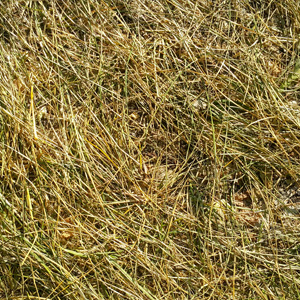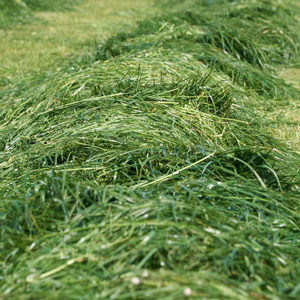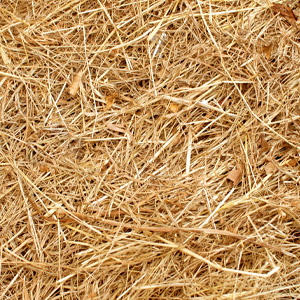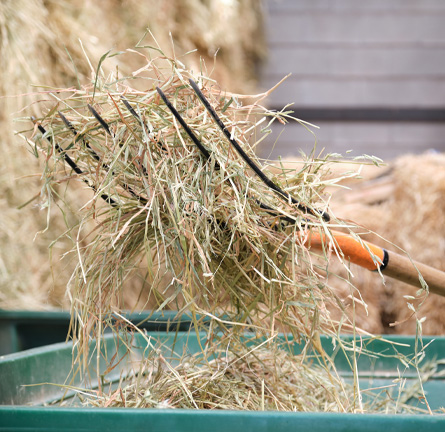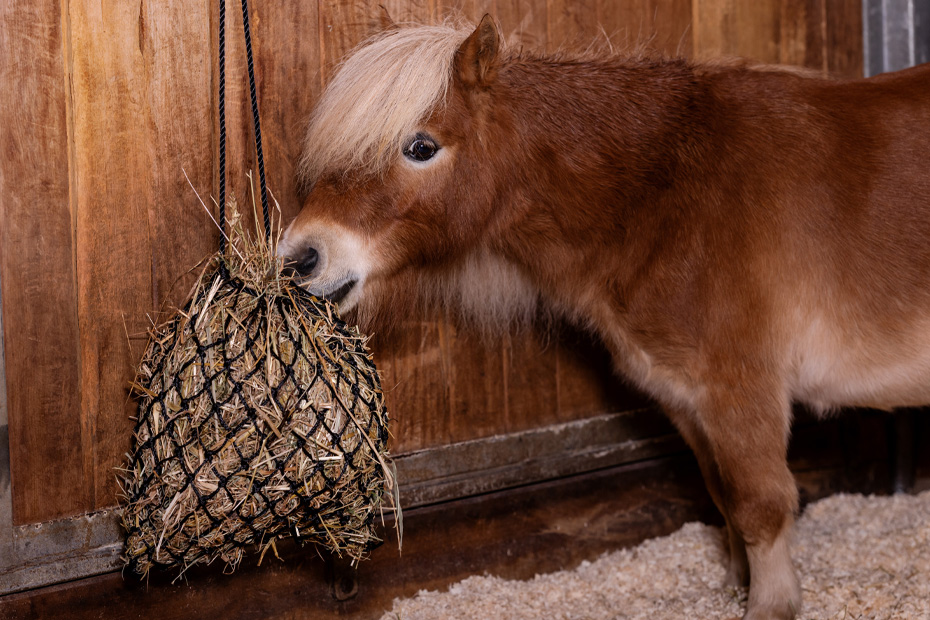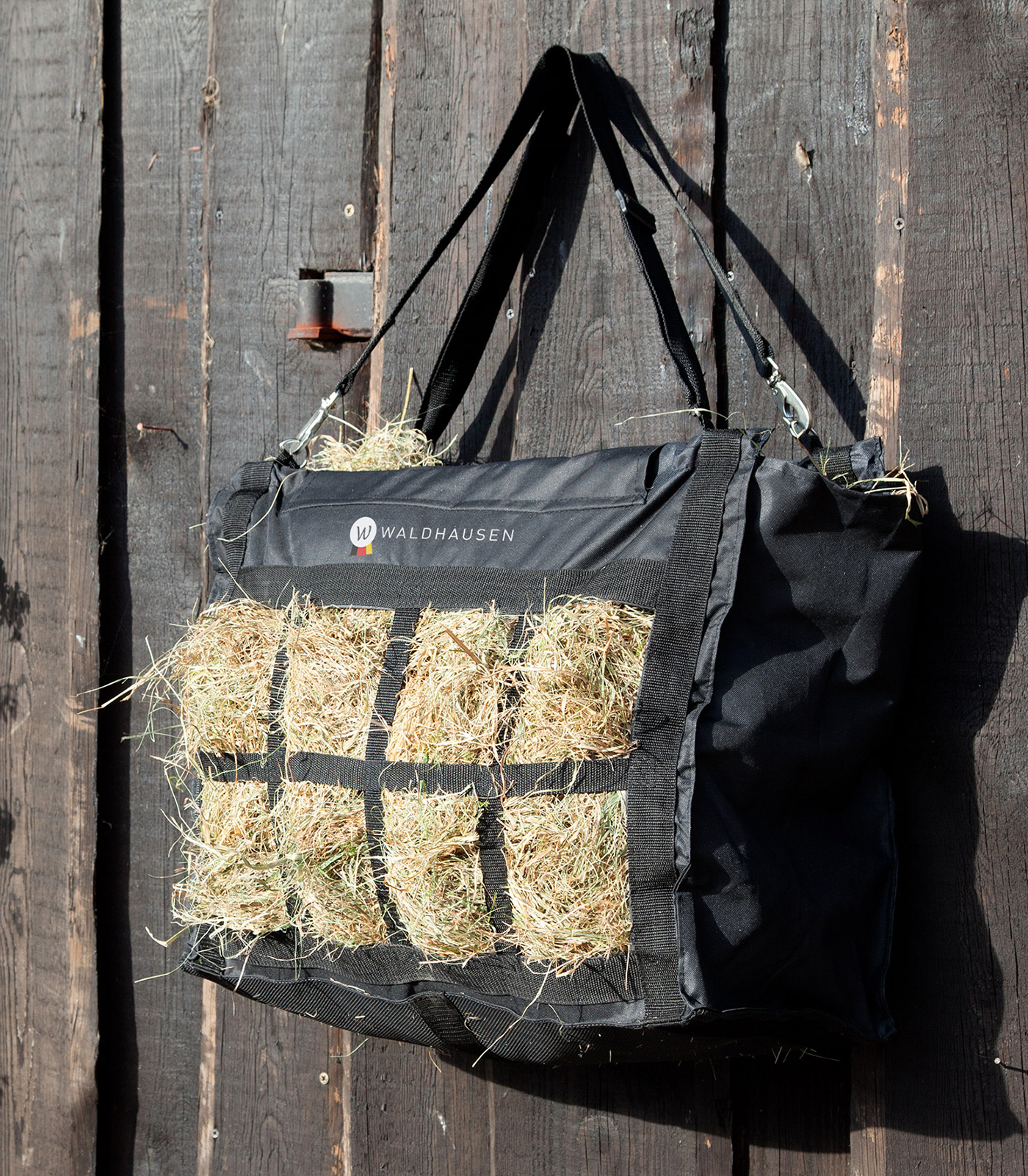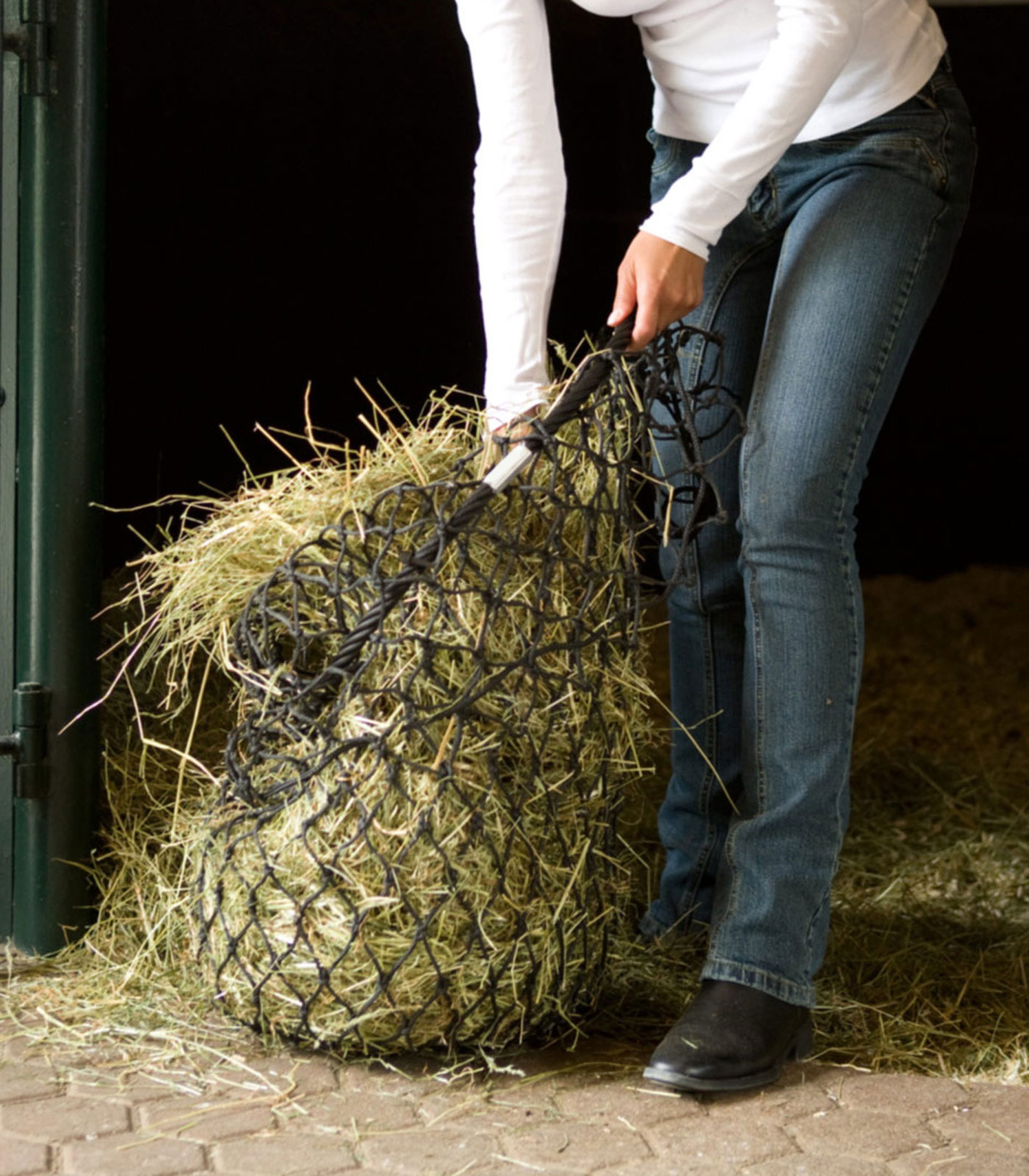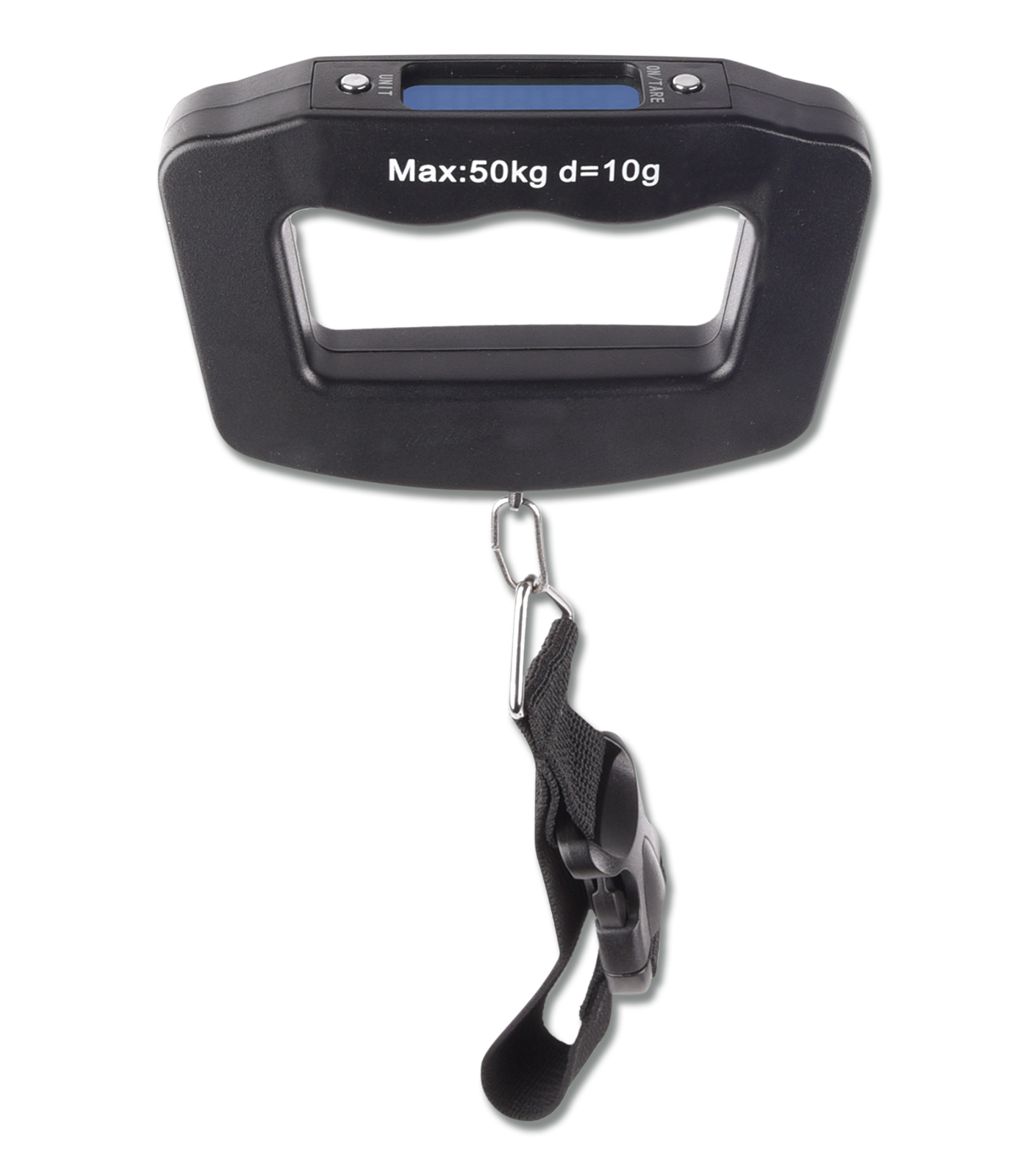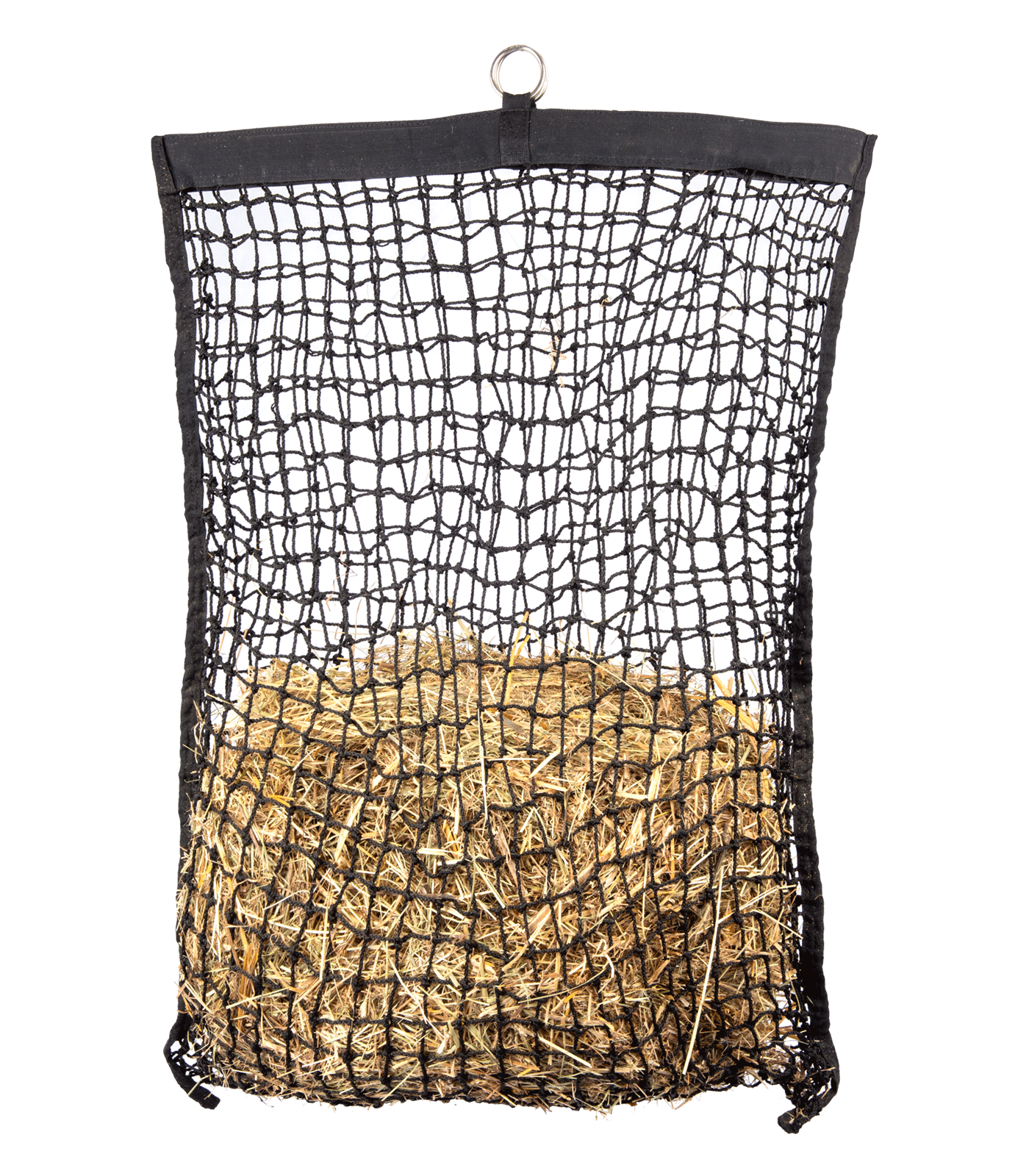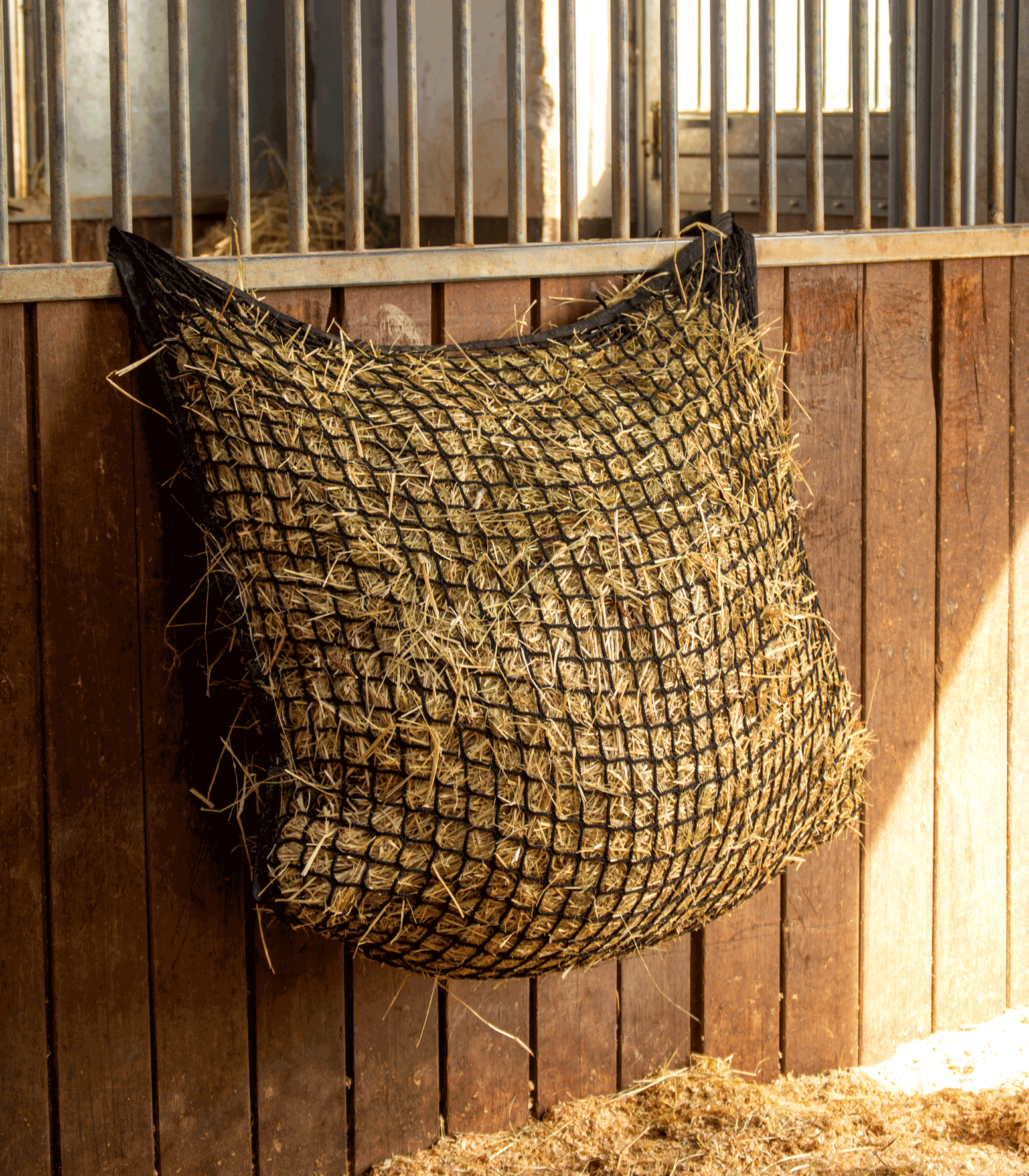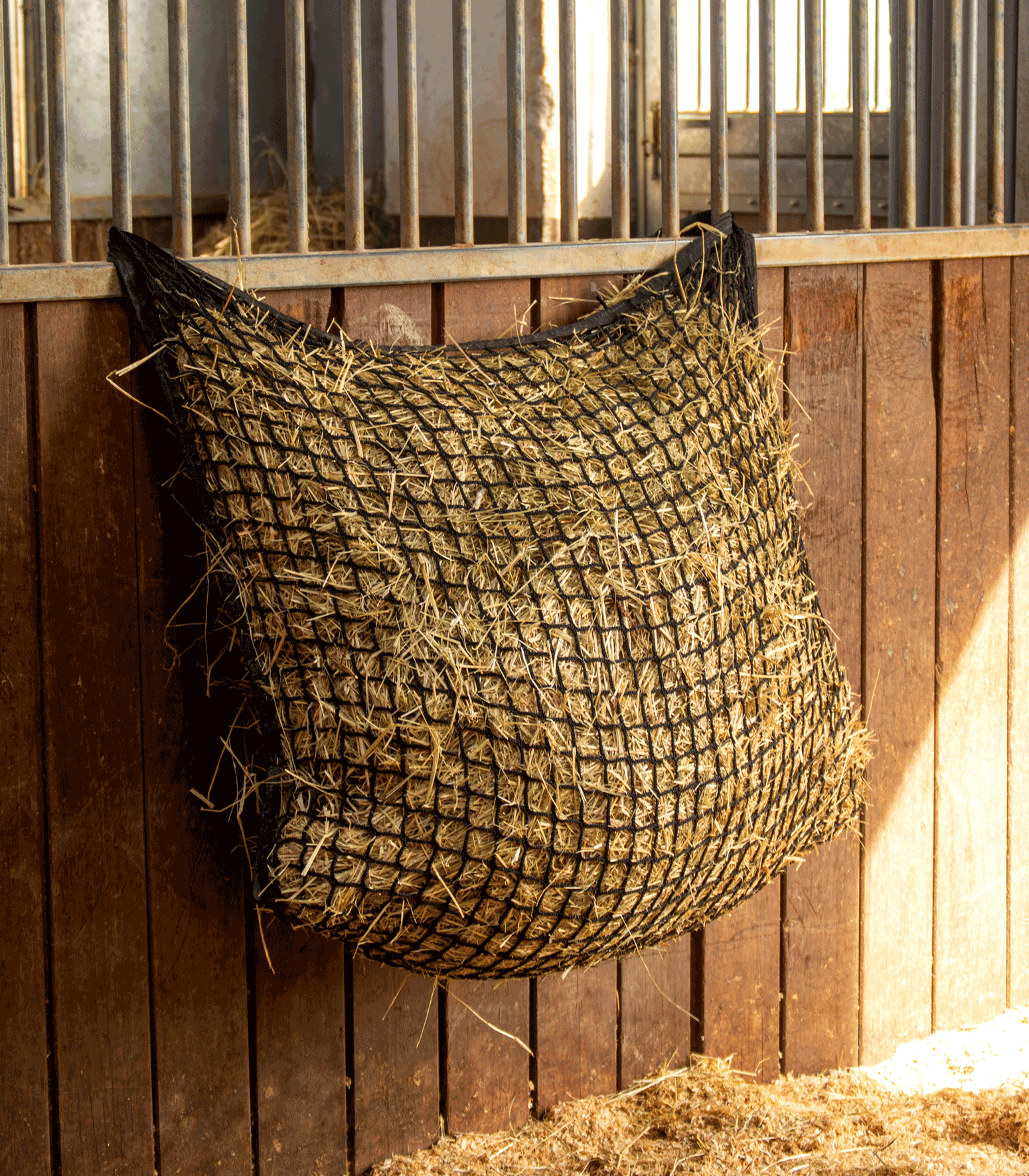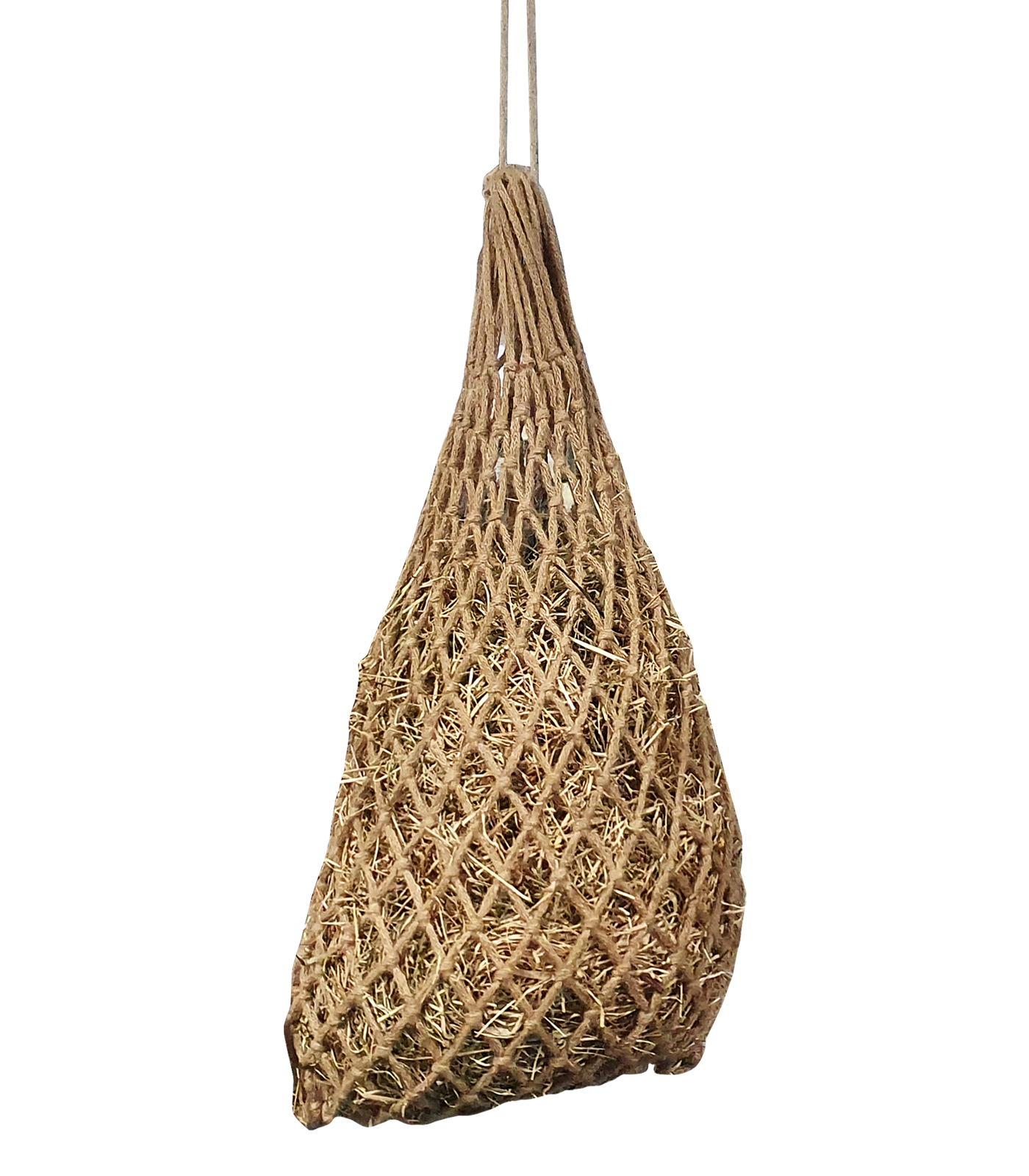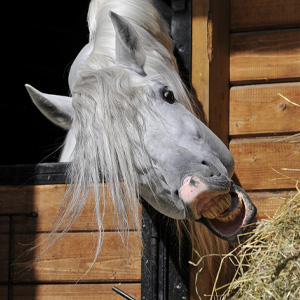
As a general guideline, horses that are not worked or are only lightly exercised should get 100 percent of their energy from roughage. For moderate work (such as recreational sport), about 80 percent is recommended. Horses in more intense work (such as amateur-level sport with regular training) should receive around 75 percent of their total ration from roughage. Only in cases of very heavy workloads (high-level sport or intensive breeding operations) can the proportion of roughage be reduced to about 70 percent.
The author
Born in 1983 in Mühldorf am Inn, I discovered my passion for writing, culture, horses, and travel early on. After graduating from high school and earning a B.A. in Cultural Studies, I began my journalism career in 2007. My article on Meredith Michaels-Beerbaum's European Championship victory received multiple awards. Since then, I have written for over 30 specialist magazines, contributed to book projects such as Selected Stallions of Germany, and managed PR campaigns. Additionally, I focus on travel journalism, including my series Tournament Hopping.
Alexandra Koch
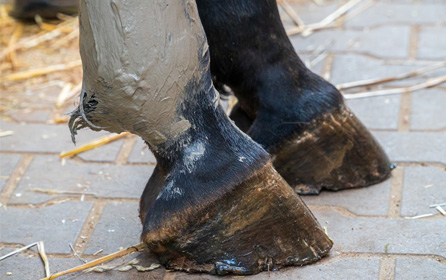
A well-stocked horse first-aid kit is essential for every stable. In our blog article, you'll find practical tips on the must-have supplies, how to use them correctly, and preventive measures to keep your horse healthy and safe.
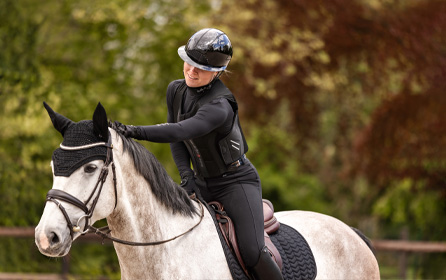
Everything you need to know about safe equipment for horse and rider – from helmets and protective vests to properly fitted saddles and gear.
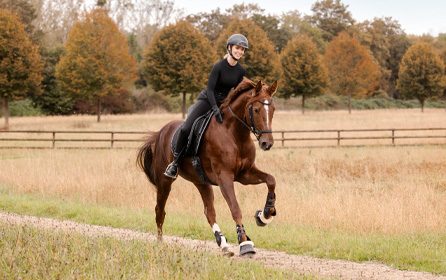
Whether in the riding arena, out on a hack or handling your horse in the stable, safety should always be the top priority. In our blog article, you'll find practical tips—from choosing the right equipment and practicing safe behavior to preventive measures that help avoid accidents.
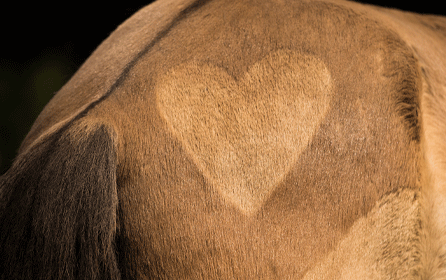
Is your horse struggling with fecal water? Find out on the blog what might be causing it and how you can best support your horse.
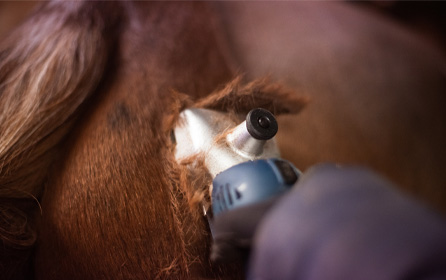
Winter coat goodbye? Not every horse needs to be clipped.
On the blog, you’ll learn when clipping makes sense, which clip patterns to choose, and what to keep in mind during coat changes.
On the blog, you’ll learn when clipping makes sense, which clip patterns to choose, and what to keep in mind during coat changes.

